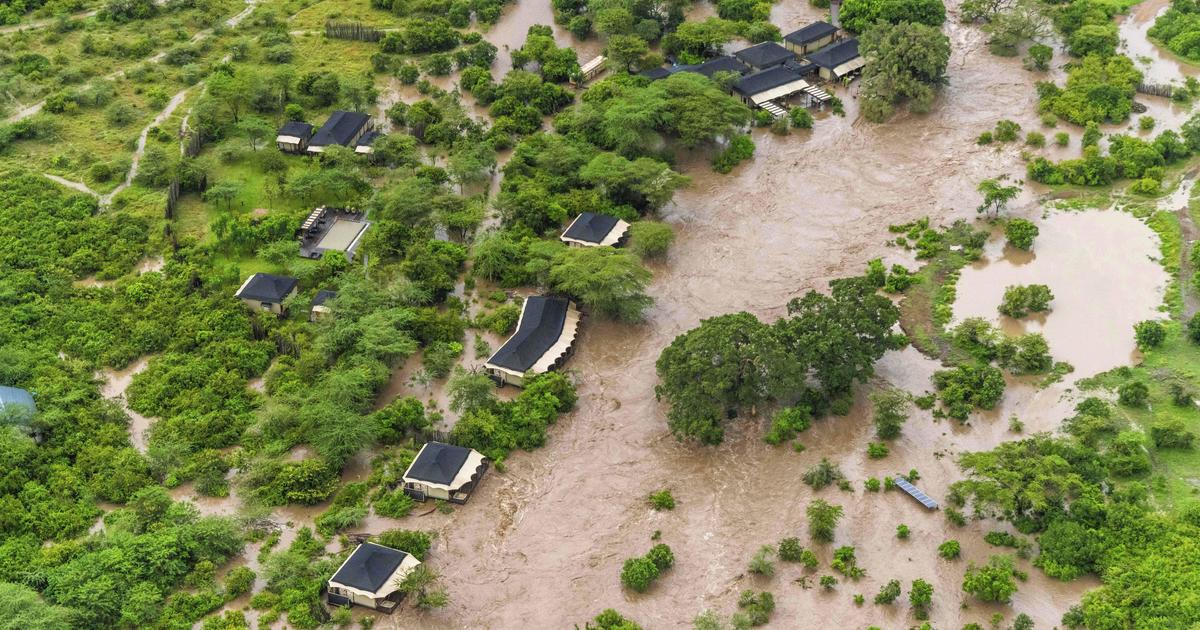Wet summer grants big cities in hydro-powered Norway 2 days of free electricity
Oslo — Electricity was free in Norway's two biggest cities on Monday, market data showed, the silver lining of a wet summer. With power almost exclusively produced from hydro in Norway, the more it rains or snows, the more the reservoirs fill up and the lower the electricity price.
A particularly violent summer storm dubbed "Hans" that swept across Scandinavia in August, in addition to frequent rainfall this summer, have filled reservoirs in parts of Norway.
As a result, the spot price of electricity before taxes and grid fees was expected to hover between 0 and -0.3 kroner (-0.03 U.S. cents) on Monday in the capital Oslo and the second biggest city, Bergen, according to specialized news site Europower.
On Nord Pool, Europe's leading power market, wholesale electricity prices in the two cities on Monday averaged -1.42 euros per megawatt hour. A negative price means electricity companies pay consumers to use their production.
"(Electricity) producers have explained in the past that it is better to produce when prices are a little bit negative rather than take measures to stop production," Europower said.
Even though the spot price was slightly in the red in some parts of the country — which is divided into various price zones — companies are still able to make money from green electricity certificates.
According to climate experts, global warming is leading to more frequent and more intense rainfall and snowfall in northern Europe.
Last week, the Norwegian Meteorological Institute said temperatures in August in Norway were an average of 0.9 degrees Celsius (or a little less than 2 degrees Fahrenheit) higher than usual, and that after an already rainy July, precipitation in August was 45% higher than usual.
"All this rain, including 'Hans', contains an element of climate change," researcher Anita Verpe Dyrrdal said.
One weather station in southern Norway registered 392.7 millimeters (about 15.5 inches) of rain in August, 257% more than usual.
According to Europower, this is the second time electricity prices have gone negative in parts of Norway. The first time was on August 8 in the wake of storm "Hans."




